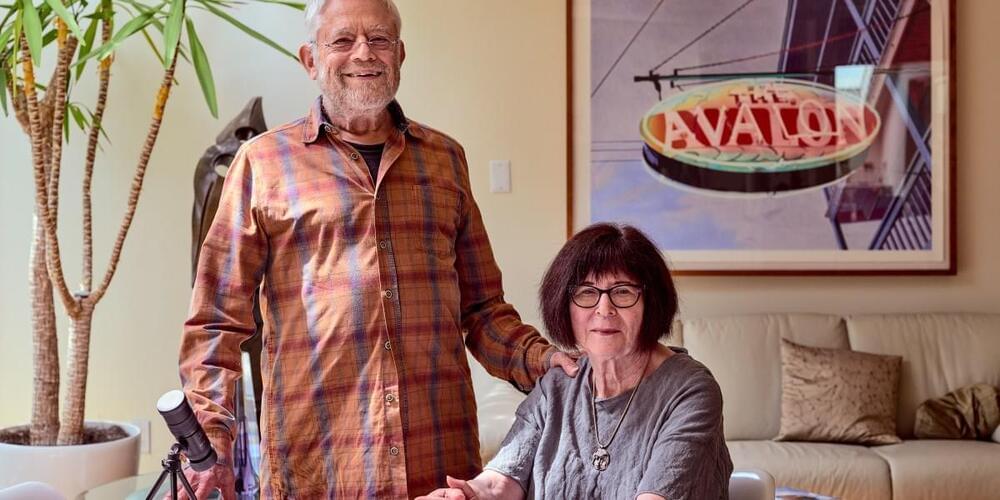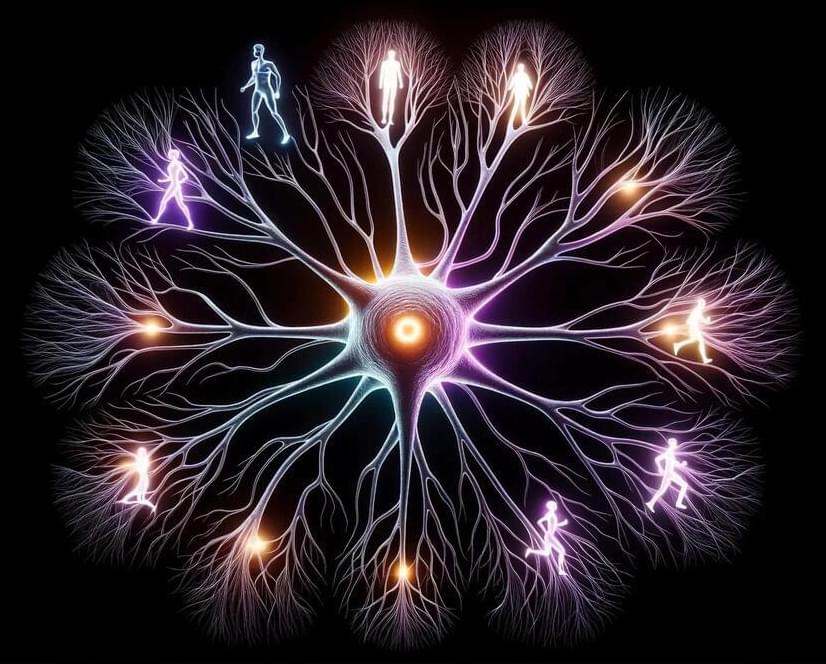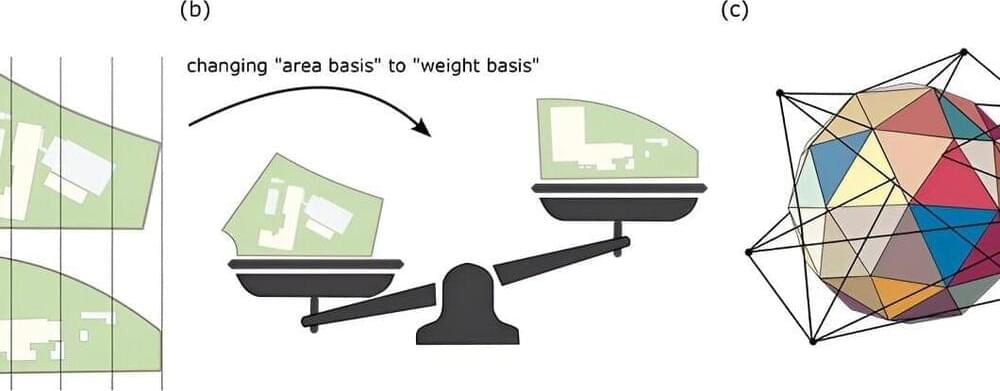Every academic field has its superstars. But a rare few achieve superstardom not just by demonstrating individual excellence but also by consistently producing future superstars. A notable example of such a legendary doctoral advisor is the Princeton physicist John Archibald Wheeler. A dissertation was once written about his mentorship, and he advised Richard Feynman, Kip Thorne, Hugh Everett (who proposed the “many worlds” theory of quantum mechanics), and a host of others who could collectively staff a top-tier physics department. In ecology, there is Bob Paine, who discovered that certain “keystone species” have an outsize impact on the environment and started a lineage of influential ecologists. And in journalism, there is John McPhee, who has taught generations of accomplished journalists at Princeton since 1975.
Computer science has its own such figure: Manuel Blum, who won the 1995 Turing Award—the Nobel Prize of computer science. Blum’s métier is theoretical computer science, a field that often escapes the general public’s radar. But you certainly have come across one of Blum’s creations: the “Completely Automated Public Turing test to tell Computers and Humans Apart,” better known as the captcha—a test designed to distinguish humans from bots online.






